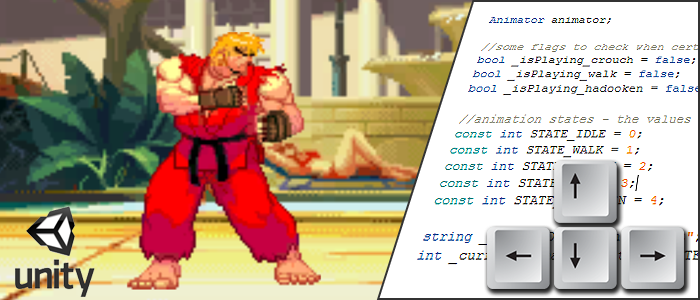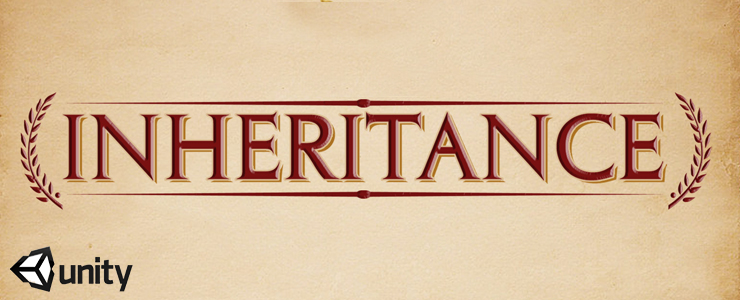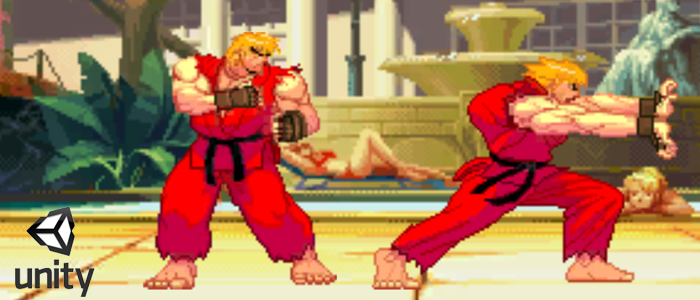10 Golden Rules for being an amazing game developer
I have recently become an author for the indie game website indiegamebuzz.com. The articles I am writing articles are based on my own experiences and journey, which can hopefully help other developers better their skills and outlook. My latest article is a special one. It runs through 10 key points I personally (try to) abide by to make [...]











Get Social